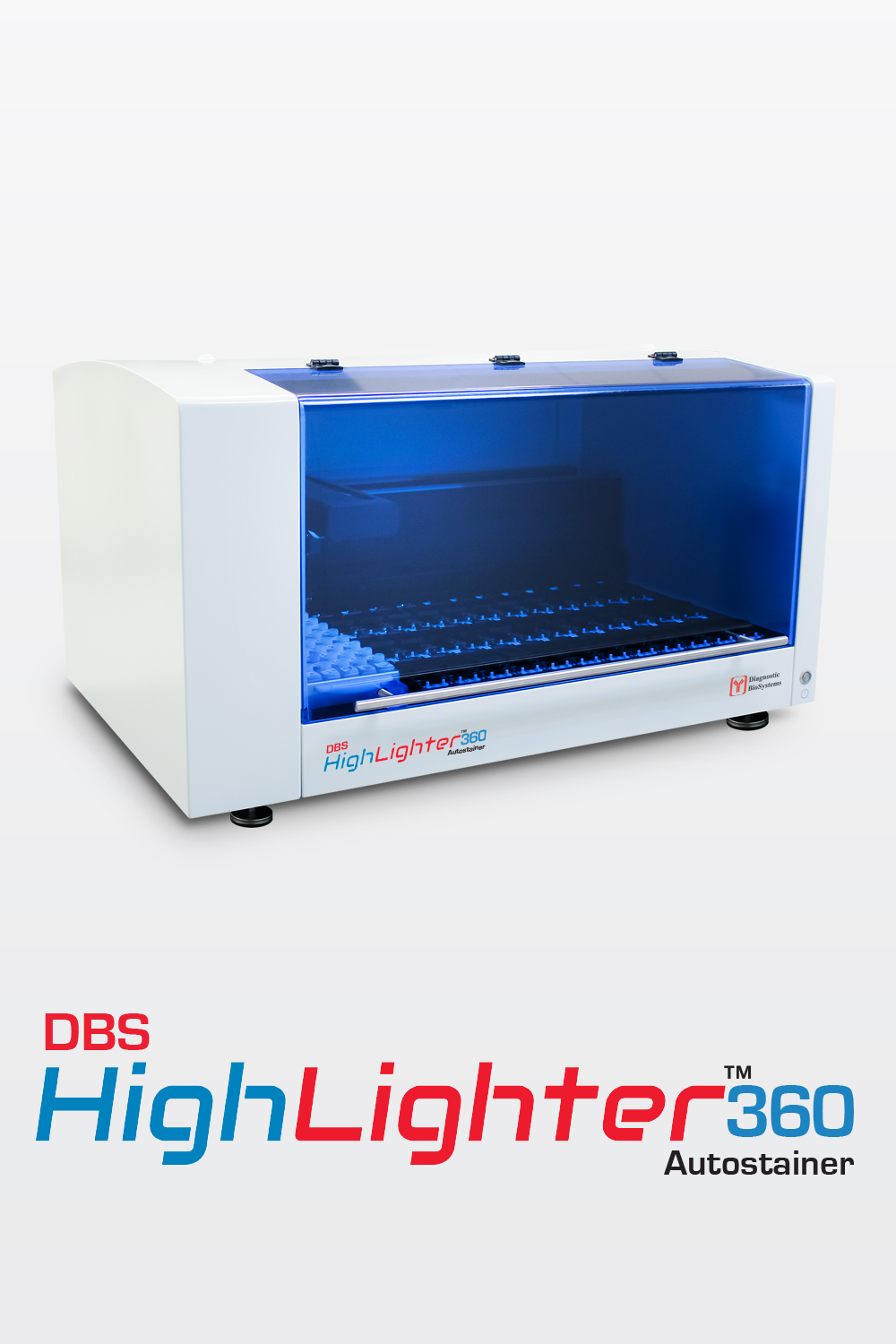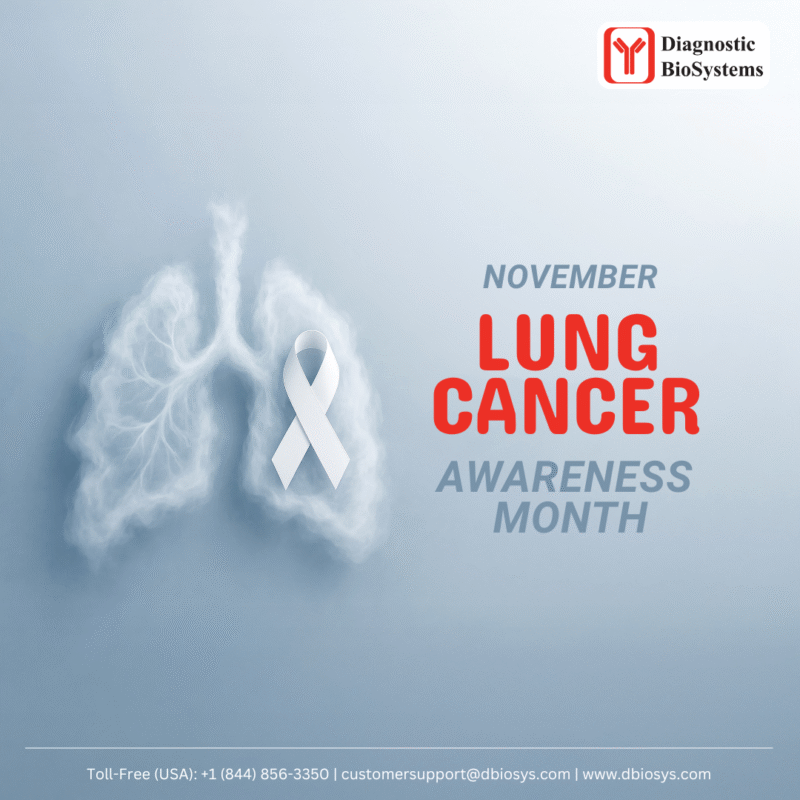CANCER AWARENESS
Lung Cancer Awareness: Advancing Diagnosis Through Immunohistochemistry (IHC)
Lung Cancer Awareness: Advancing Diagnosis Through Immunohistochemistry (IHC)
Lung cancer remains one of the most prevalent and life-threatening cancers worldwide. Following histology patterns, lung cancer has two forms of disease, non-small cell lung carcinoma (NSCLC) and small cell lung carcinoma (SCLC). In NSCLC, there are two forms of carcinoma, lung adenocarcinoma and lung squamous carcinoma. Immunohistochemistry (IHC) plays a pivotal role in helping pathologists and oncologists to reach accurate diagnoses and to get effective and targeted treatment options.
When receiving pathologic specimens for making a definitive diagnosis of lung cancer in the pathology laboratory, pathologists usually get a limited amount of tissue by fine needle aspiration procedure. IHC and molecular testing are needed to characterize the tumor, make accurate diagnosis, and provide information for oncologists toward most effective and targeted therapies.
TTF-1 and napsin A are good biomarkers to make correct diagnoses of lung adenocarcinoma. TTF-1, clone 8G7G3/1, a mouse monoclonal antibody, is a most commonly used antibody and more specific, but less specific compared with TTF-1, clone SPT24 and TTF-1, clone SP141. Other biomarkers can also be reliably used for detecting lung adenocarcinoma, such as cytokeratin AE1/AE3, CK7, that are positive and p53, p40, p63, WT1, and calretinin, that are negative staining for lung adenocarcinoma.
For lung squamous carcinoma, p40 and p63 are strongly and diffusely positive, and more specific for squamous carcinoma. p40 is more specific than p63. CK5/6 is also a good biomarker for lung squamous carcinoma but could be positive for lung adenocarcinoma. Other biomarkers, such as CK7, cytokeratin AE1/AE3, are positive in the majority of lung squamous carcinoma, but they will also stain lung adenocarcinoma. TTF-1 and CK20 are negative for lung squamous carcinoma.
Small cell lung carcinoma (SCLC) is composed of 10%-15% of lung cancer cases. Seventy percent of SCLC have metastasis at the time of diagnosis. In order to make a correct diagnosis and differentiate from other small round blue cell tumors, IHC is needed. Neuroendocrine biomarkers, synaptophysin, chromogranin A, INSM1 and CK56 show positive staining. TTF-1 will stain large numbers of SCLC cases (80%-85%). CK7 will have punctate positive staining. However, p40, p63, CK20, CK57 and napsin A will not stain SCLC.
As we observe Lung Cancer Awareness Month, we reaffirm our commitment to supporting the medical community with dependable and high-quality diagnostic reagents and technologies, which will enable accurate detection and classification of lung cancer, and help oncologists toward to personalized patient care.
#LungCancerAwareness #Diagnostics #Pathology #Immunohistochemistry #Oncology #CancerCare #PrecisionMedicine




